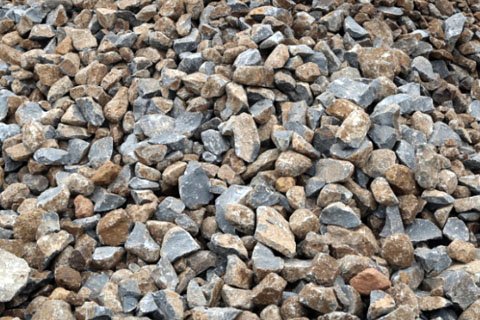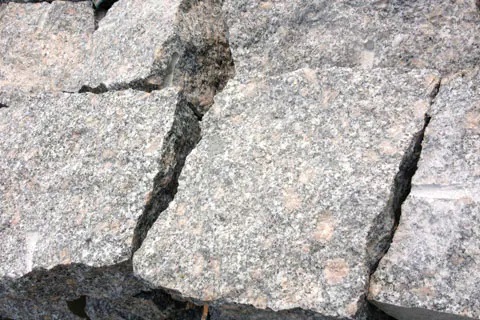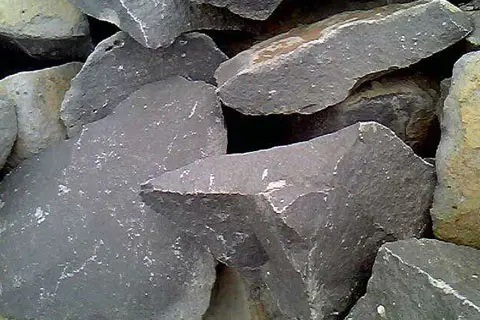ANDESITE CRUSHING PLANT

Design output
According to customer needs
Material
Andesite
Application
Mining, metallurgy, construction, highway, railroad, and water conservancy, and etc.
Equipments
Jaw crusher, hydraulic cone crusher, sand maker, vibrating feeder, vibrating screen, and etc.
Introduction of andesite
Andesite is a kind of volcanic extrusive rock, which belongs to neutral type. It is a common volcanic rock in orogenic belt. It contains phenocrysts, which may be feldspar, pyroxene, amphibole, mica or quartz. The main minerals are iron and titanium oxides.
Basic process of andesite crushing plant
The andesite sand making process is divided into four stages: coarse crushing, medium fine crushing, sand making and screening.
The first stage: coarse crushing
The andesite stone blasted from the mountain is fed uniformly by the vibrating feeder through the silo and transported to the jaw crusher for coarse crushing.
The second stage: medium broken
The coarsely crushed materials are screened by vibrating screen and then conveyed by belt conveyor to cone crusher for medium crushing. The crushed stones are conveyed to the vibrating screen through a belt conveyor to sieve out different specifications of stones. The stones that meet the requirements of the customer’s particle size are conveyed to the finished product pile through the belt conveyor. The cone crusher crushes again, forming a closed circuit cycle.
The third stage: sand making
The crushed material is larger than the size of the two-layer screen, and the stone is conveyed to the sand maker machine through the belt conveyor for fine crushing and shaping.
The fourth stage: screening
The finely crushed and reshaped materials are screened by circular vibrating screen for coarse sand, medium sand and fine sand.
Note: For the sand powder with strict requirements, a sand washing machine can be added behind the fine sand. The waste water discharged from the sand washing machine can be recovered by the fine sand recycling device. On the one hand, it can reduce environmental pollution, and on the other hand, it can increase sand production.
Technical description:
1. This process is designed according to the parameters provided by the customer. This flow chart is for reference only.
2. The actual construction should be adjusted according to the terrain.
3. The mud content of the material cannot exceed 10%, and the mud content will have an important impact on the output, equipment and process.
4. We can provide technological process plans and technical support according to the actual requirements of customers, and can also design non-standard supporting components according to the actual installation conditions of customers.



